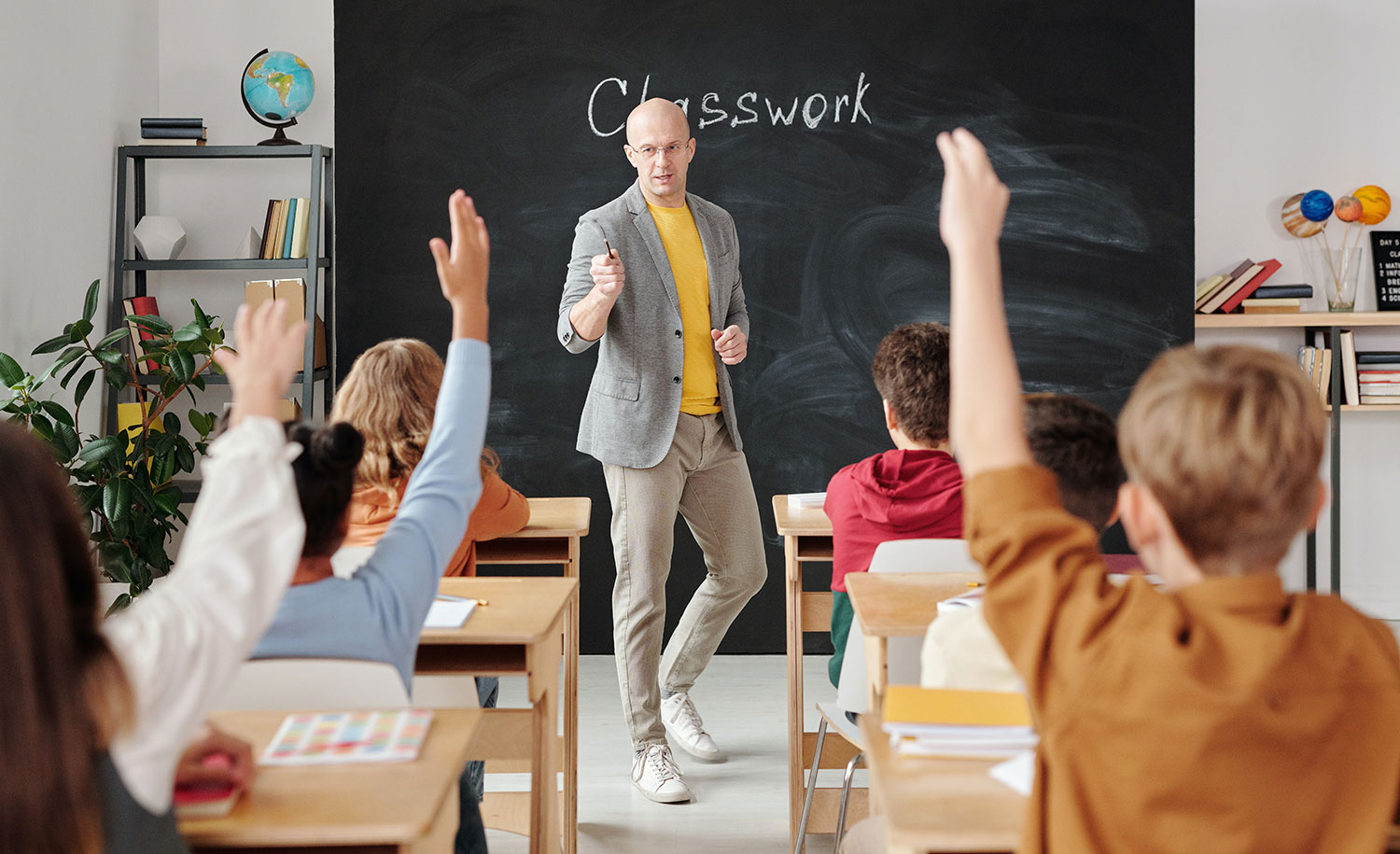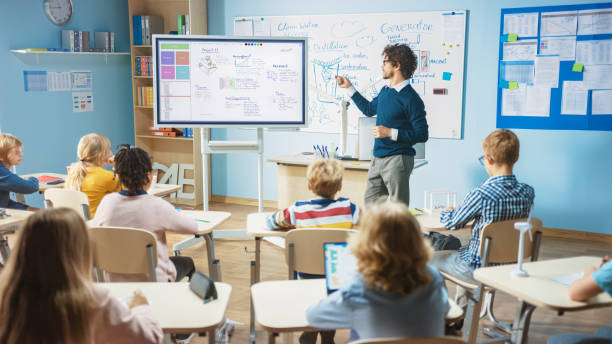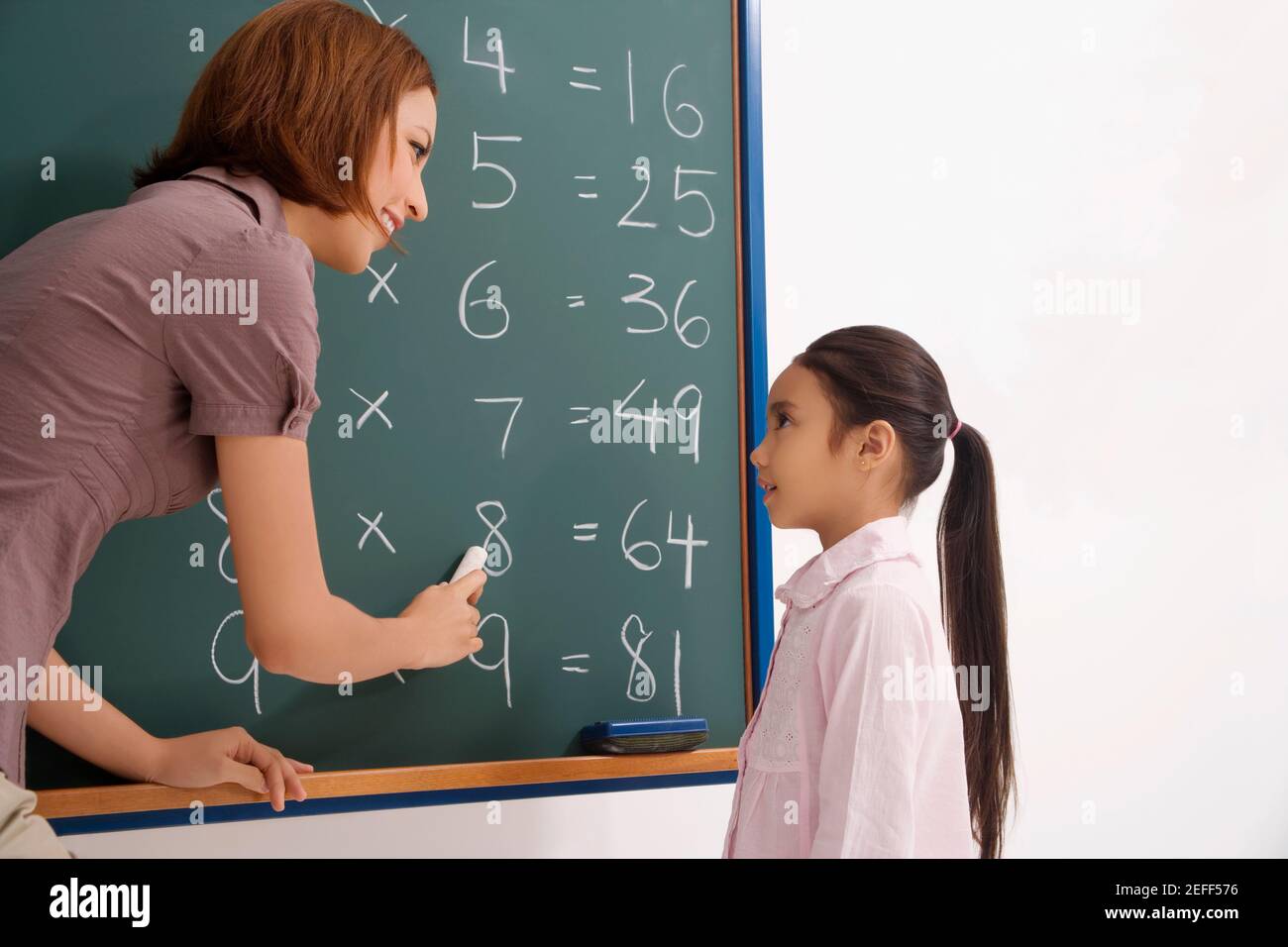Boost Your Child’s Confidence with Primary Science Tuition Singapore
Boost Your Child’s Confidence with Primary Science Tuition Singapore
Blog Article
Discovering the Various Teaching Techniques in Key Science Education Today
Inquiry-based knowing, hands-on experiments, and the integration of innovation are redefining exactly how educators engage young minds. In addition, joint strategies and distinguished instruction are being utilized to provide to the diverse requirements of trainees, improving both engagement and understanding.
Inquiry-Based Learning
Inquiry-Based Knowing (IBL) is a pedagogical strategy that encourages trainees to discover scientific principles with wondering about, examination, and hands-on testing. This approach highlights the function of students as active participants in their knowing, promoting critical reasoning and analytical abilities. By engaging with real-world inquiries, trainees become curious and determined, which improves their understanding of clinical concepts.
In IBL, teachers function as facilitators, guiding trainees as they navigate their inquiries rather than supplying information directly. This student-centered method enables differentiation, suiting various learning designs and speeds. Trainees develop skills in formulating hypotheses, developing experiments, and examining information, which are important for scientific literacy.
In addition, IBL cultivates cooperation among students, urging them to share ideas and findings. This cumulative questions advertises social skills and a feeling of community within the class. The procedure of questions motivates strength, as pupils find out to welcome failure as a stepping stone toward understanding.
Hands-On Experiments
Hands-on experiments are a crucial component of effective scientific research education and learning, enhancing the principles of inquiry-based knowing. These experiments allow trainees to engage directly with clinical ideas, cultivating a deeper understanding through experiential understanding. By controling products and observing results, young learners can comprehend abstract concepts in substantial means.
Such tasks advertise essential thinking and problem-solving abilities, as trainees assume end results, conduct experiments, and assess outcomes. This procedure motivates them to ask questions, refine their understanding, and develop a scientific way of thinking. Hands-on experiments can be customized to varied knowing styles, making sure that all trainees have the opportunity to involve meaningfully with the web content.
Moreover, hands-on experiments typically motivate partnership among peers, promoting teamwork and communication skills. Operating in groups makes it possible for students to share ideas, go over searchings for, and learn from one an additional, which enhances their general instructional experience.
Integrating hands-on experiments into the primary science curriculum not just improves the discovering setting yet additionally grows a long-lasting passion in scientific research. By actively joining their education, students are a lot more likely to develop a passion for scientific questions that prolongs beyond the class.

Modern Technology Combination
Incorporating innovation right into key science education and learning has become significantly vital in fostering student interaction and improving learning end results. The usage of digital devices, such as interactive simulations, digital labs, and educational software program, supplies trainees with chances to explore scientific concepts in ingenious ways. These sources help with a deeper understanding of complex subjects by enabling students to visualize and adjust variables that would be not practical in a standard class setting.
Moreover, modern technology assimilation encourages personalized learning experiences. Trainees can proceed at their own rate, revisiting challenging ideas via multimedia sources, which provide to different knowing designs. This versatility not only sustains specific development but additionally grows a sense of freedom in learners.
Additionally, innovation serves as a bridge to real-world scientific research, attaching trainees with present study and specialist contributions. Accessibility to on the internet data sources and scientific journals broadens pupils' point of views on scientific questions and cultivates essential believing skills.
Collaborative Understanding
Joint learning plays an essential duty in primary scientific research education and learning by cultivating synergy and interaction go skills amongst trainees. This strategy urges learners to interact, share expertise, and participate in analytic, which boosts their understanding of clinical principles. By taking part in group activities, pupils find out to express their concepts, pay attention to diverse perspectives, and negotiate services, every one of which are vital abilities in both academic and real-world contexts.

Research study shows that collective discovering can result in boosted motivation and interaction in science topics, as trainees find satisfaction in shared experiences (primary science tuition Singapore). In addition, this technique prepares pupils for future collaborative ventures, equipping them with the skills required for efficient team effort in college and specialist environments. Inevitably, accepting joint understanding in key scientific research education and learning can dramatically improve the understanding experience and advertise a much deeper understanding of scientific query
Distinguished Guideline

Differentiated direction can show up in different means, such as differing the web content, procedures, or items of learning. Educators might utilize tiered tasks that supply varying levels of complexity, allowing pupils to function at their particular readiness levels. Additionally, adaptable grouping strategies can promote partnership amongst pupils with different abilities, cultivating peer understanding.
Evaluation plays a crucial duty in this method, as it educates instruction and aids educators comprehend each pupil's special needs. Formative assessments, such as tests and monitorings, can direct instructors in adjusting their techniques to boost discovering results. primary science tuition Singapore. Eventually, by implementing differentiated direction in page main scientific research education, instructors can grow a more effective and fair discovering environment, equipping all pupils to reach their complete capacity in understanding scientific sensations
Conclusion
In summary, the diverse teaching approaches in key scientific research education, consisting of inquiry-based knowing, hands-on experiments, modern technology integration, collective understanding, and set apart instruction, jointly add to a more effective understanding atmosphere. These techniques advertise vital reasoning, analytical abilities, and a deeper understanding of scientific principles. By applying these methods, instructors can produce appealing and helpful classrooms that deal with the different requirements of trainees, eventually promoting a long-lasting passion in scientific research and boosting scholastic achievement.
Inquiry-Based Learning (IBL) is an instructional strategy that motivates trainees to discover clinical concepts with wondering about, investigation, and hands-on trial and error.Joint knowing plays a crucial duty in primary scientific research education and learning by cultivating team effort and interaction skills among students.Research study indicates that collective discovering can lead to enhanced inspiration and engagement in scientific research topics, as students locate satisfaction in shared experiences.In fostering an inclusive discovering setting, distinguished guideline emerges as a vital approach to fit the varied demands and abilities of pupils in primary scientific research education and learning. Ultimately, by applying separated guideline in main science education, educators can cultivate an extra efficient and fair understanding atmosphere, equipping all students to reach their full capacity in recognizing scientific sensations.
Report this page